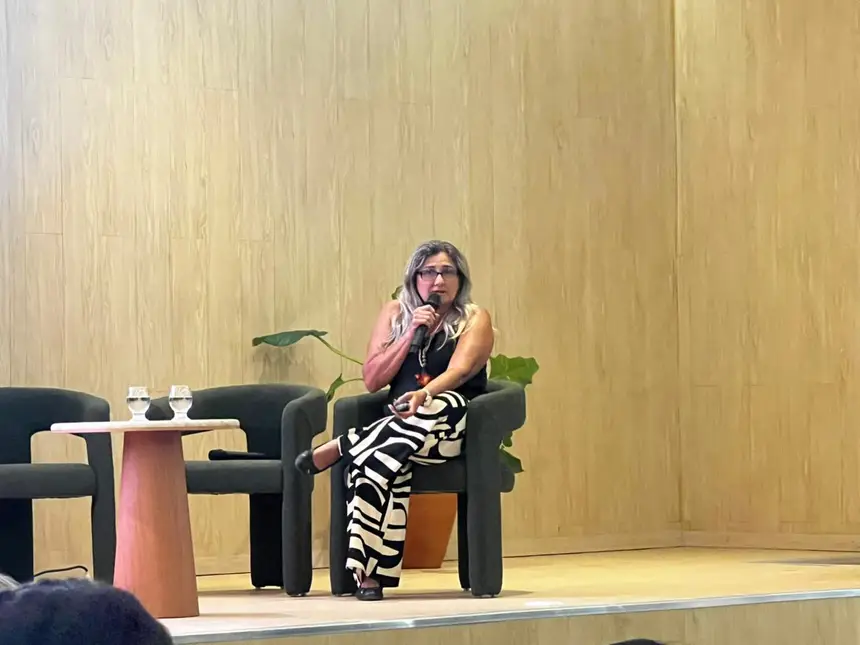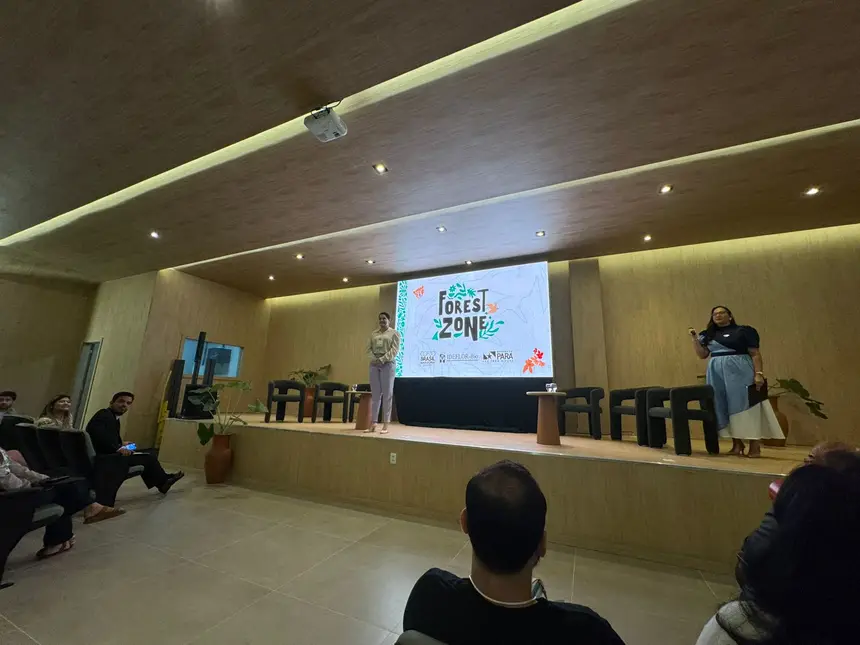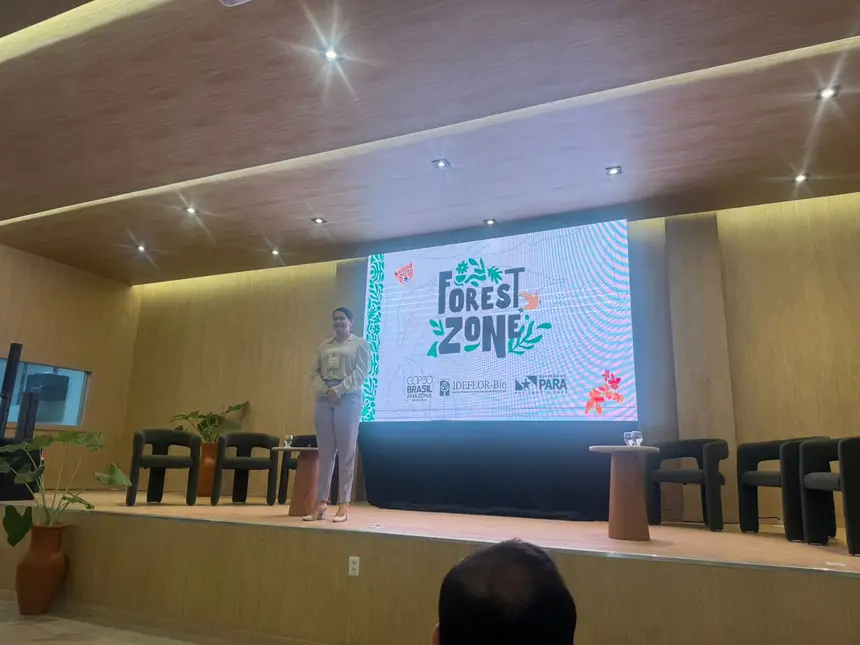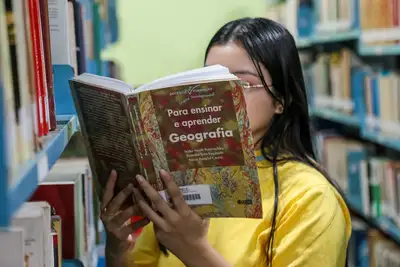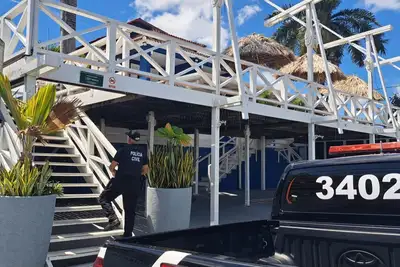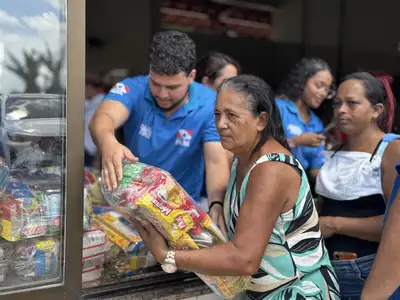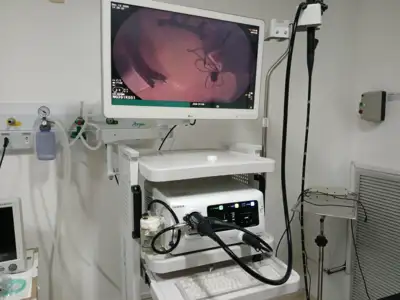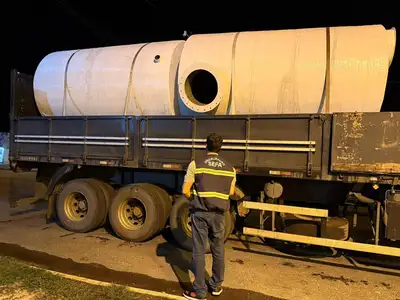Forest Zone panels show how Pará protects turtles on land and at sea
Two panels drew attention for the strength of the theme: the impact of climate change on sea turtle reproduction and the proposal to create a conservation unit in the coastal zone of Pará, aimed at protecting turtles.
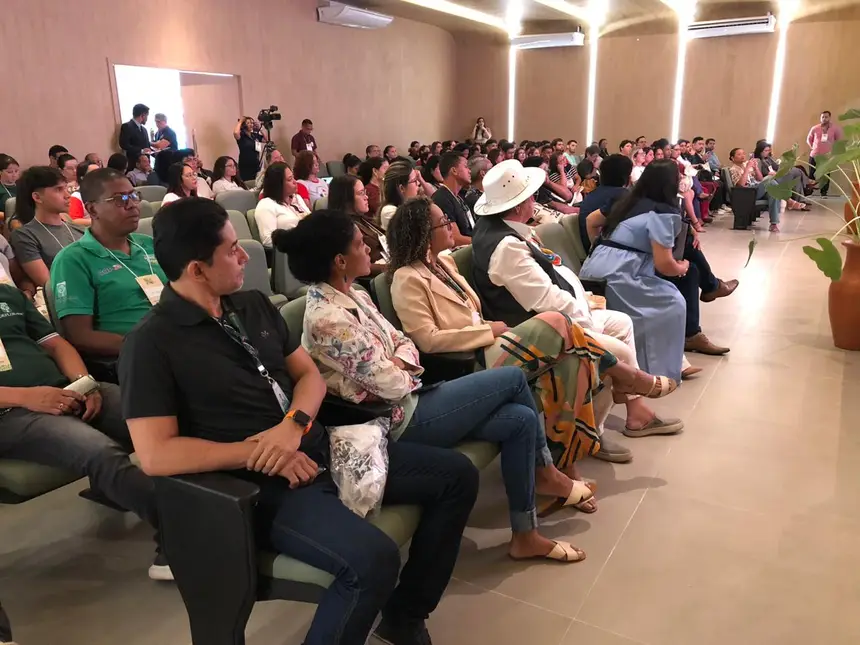
The afternoon of the first day of programming at the Forest Zone, a parallel event to COP30 promoted by the Institute of Forest Development and Biodiversity of Pará (Ideflor-Bio), was marked by science, emotion, and alert. Two panels drew attention for the strength of the theme: the impact of climate change on sea turtle reproduction and the proposal to create a conservation unit in the coastal zone of Pará, aimed at protecting turtles. Researchers, managers, and civil society gathered to hear stories from the tide line, where life begins and where the climate crisis is already leaving marks.
The president of Ideflor-Bio, Nilson Pinto, highlighted that the panels show how Amazonian science is producing serious responses to climate impacts. “Conservation needs to be done with knowledge, planning, and participation from society. Protecting turtles means protecting beaches, mangroves, rivers, and the entire climate balance of the Atlantic Amazon. Pará is doing this with science, public policies, and with communities alongside the State,” he stated.
In the first panel, “How Climate Change Redefines the Sexuality and Reproduction of Sea Turtles in the Atlantic Amazon,” Master Josie Figueiredo, president of the Suruanã Institute, brought scientific data, but also an appeal for the ocean and its inhabitants to be seen as sentinels of the planet. Among graphs and field reports, she explained how heat alters the fate of a nest even before the hatchlings open their eyes.
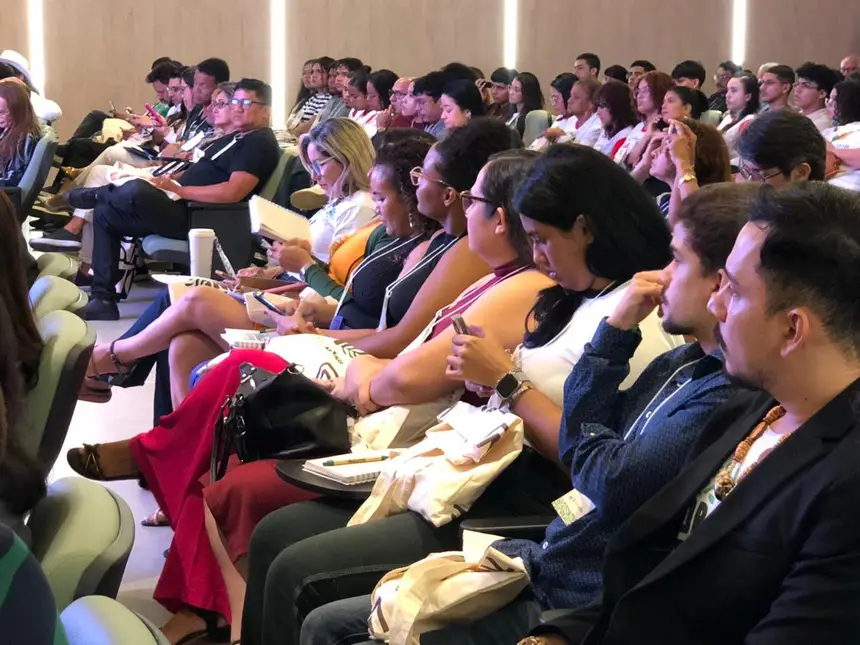
“The sex of sea turtles is determined by temperature. When we talk about global warming, we are directly talking about this interference. High temperatures produce females and low temperatures produce males. If the heat increases too much, we not only have an imbalance in the sex ratio: the eggs literally cook,” she warned. According to Josie, this silent change transforms beaches, once balanced nurseries, into risky environments.
Bioindicators - The researcher reinforced that turtles are bioindicators, capable of showing the health of the oceans and the planet. “Monitoring the sex ratio of these animals is monitoring the climate. That’s why conservation studies are so important: they show us how nature is responding to this new scenario.” She explained that sex determination begins around 21 days of incubation, which is why technical management is rigorous. “When we need to transfer a nest, it must be done within the first six hours, before the sex formation begins,” she added.
Josie also took the opportunity to talk about human behavior. Many turtles come ashore on the Pará coast to lay eggs, but there are still those who do not know how to act. “If the animal is stranded, it is sick. If it is nesting, it needs tranquility. In any situation, it is necessary to call specialized teams: Suruanã Institute, Bicho d’Água Institute, Bioma Institute, environmental secretariats, or firefighters. Interfering without guidance can threaten the animal's life,” she emphasizes.
The audience wanted to know where it is possible to spot turtles in Pará. The answer confirmed the grandeur of the Amazon coast. “They are highly migratory animals and are present along the entire coastline. But in places like Salinópolis and Curuçá, it is easier to see them feeding,” she said. The specialist left an important message: “It’s a small effort, but society is becoming more aware. Those who have studied conservation for over 15 years can already see good results,” emphasized Josie Figueiredo.
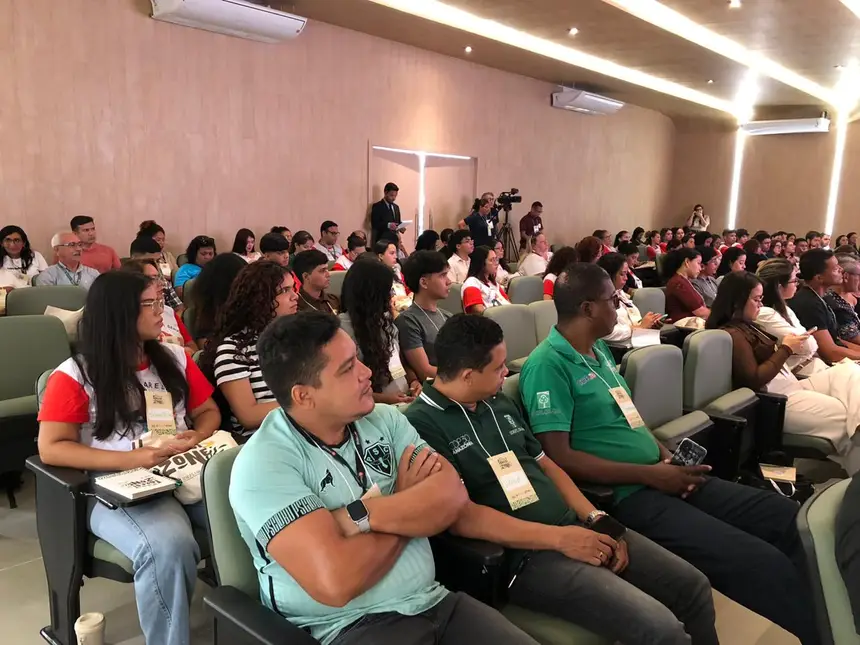
New UCs - Shortly after, the program continued to the second panel of the afternoon, presented by Dr. Priscila Fonseca, environmental analyst at Ideflor-Bio: “Creation of a Conservation Unit in the Coastal Zone for the Protection of Turtles in the State of Pará.” The researcher explained that the project focuses on Araraquara, a rural area of the municipality of Soure, in the Marajó Archipelago, where studies have revealed the presence of marine and freshwater species in the same environment — a rare scientific finding.
“The creation of this unit aims to reinforce the protection of turtles in an area with high predation and illegal activity. It is a crucial step for conservation, monitoring, and scientific research. In addition to protecting biodiversity, the unit ensures the preservation of the ecosystem that serves as food, reproduction, and nursery for the animals,” pointed out Priscila.
Among the species observed in the study are the olive ridley turtle and the loggerhead turtle, both marine, as well as the Amazon turtle and the pitiú, freshwater species. For Priscila, the ecological complexity of the coastal zone of Marajó is precisely why it needs to be protected. “It is a transition area between sea and river, influenced by the Atlantic and large watersheds. It houses mangroves, natural nurseries for fish, crustaceans, and turtles. It is a wealth that the world needs to know,” describes the specialist.
The researcher reminded that Araraquara still has low human interference and communities that use natural resources sustainably. “The creation of the unit is not just scientific: it is cultural, social, and environmental. It is about protecting an area where nature can still breathe,” concludes Priscila.


